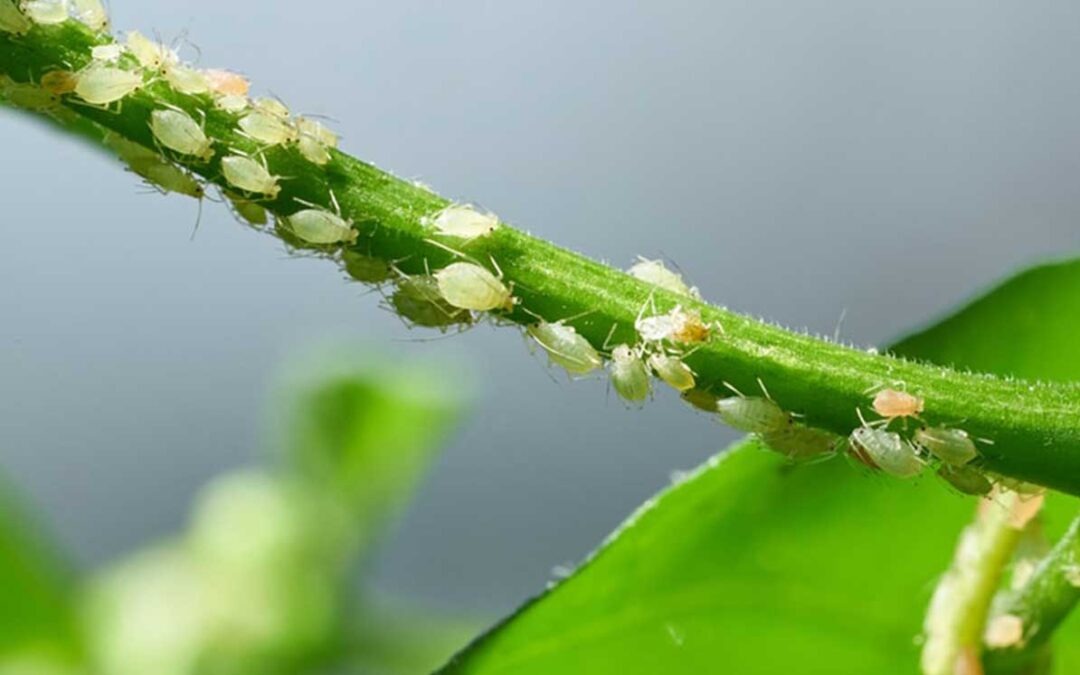Each spring is different in Denver. Ross Tree’s General Manager is already seeing aphids in February 2024. Last year, Denver had a wet spring, and an Elm Leave Beetle infestation occurred. In 2022, we had a dry early spring with little snow, but it rained heavily in late May and early June. No matter the tree, a tree aphid will likely munch on it. Most do not injure plants, but some aphids are considered tree pests.
Quick Facts
- Over 350 aphid species are found in Colorado; most feed on specific plants or trees.
- Some aphid species curl new leaves.
- Aphids excrete a messy, sticky fluid called honeydew.
- Natural predators such as ladybugs, flower fly larvae, lacewing larvae, and parasitic wasps keep aphids in check most of the time.
- Insecticides, insecticidal soaps, and jet spraying plants can control aphids.
For more information, click here to go to the Colorado State Extension website.
Aphids are tiny insects found on the leaves and branches of plants and trees. They have an oval body form and a pair of pipe-like cornicles protruding from the back of the body. Aphids come in many colors, and many have intricate body patterns. Some aphids obscure their bodies by covering themselves with waxy threads. Aphids suck the sap from plants. In high numbers over an extended period, their feeding causes wilting and sometimes even dieback of shoots and buds. Some aphids cause leaf curling when the insect infests emerging leaves. Homeowners with Aphid problems first notice the production of honeydew. Honeydew is sticky waste excreted by these insects that cover trees and anything beneath them, such as sidewalks, driveways, patios, and furniture. Ants, wasps, bees, and flies are attracted to the insect waste, increasing the nuisance. If not removed, mold grows on the honeydew, turning it into an ugly mess.
Born Pregnant Full of Clones
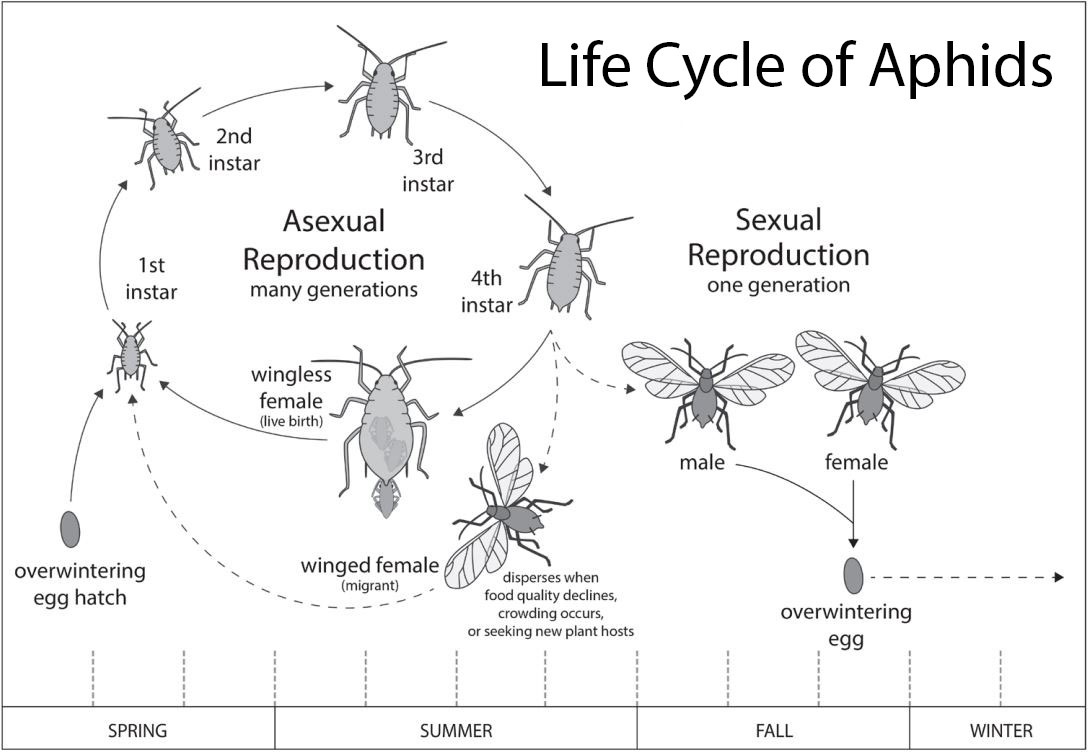
All aphids are females in the spring and until the end of the summer. Females give live birth to genetically identical daughters through asexual reproduction or parthenogenesis. It takes them about two weeks to become fully grown. Their numbers can grow fast because adults usually produce three to five young people daily over their 30-day lifetime. As the end of summer approaches, males become present. They mate with the females. The females lay their eggs on crevices around buds or on steams. Aphids typically overwinter as eggs. Eggs hatch the following spring, and the life cycle resumes.
Aphids are reproduction machines; without natural controls, they would overwhelm yard landscapes. Fortunately, aphids are defenseless and have numerous insects that feed on them. Lady Bugs and their larvae are particularly voracious predators. Other predators include green lacewing larvae and flower flies. Several stingless wasps parasitize aphids. These wasps inject their eggs into the bodies of these soft-bodied insects. Their larvae consume the Aphids internally after hatching, turning them into mummies. In the video below, watch the large aphid avoid destruction by slowly walking around to the other side of the stem as the ladybug gorges on the less fortunate Aphids.
Cause and Effect
On a recent customer call, a homeowner asked Ross Tree to prune all the Lilacs around their home. Our arborist noticed many wasp traps around the yard and asked the customer about them. They said they could not enjoy their backyard patio because of buzzing swarms of Yellowjackets. The same holds for their next-door neighbors. The arborist noticed two large Austrian Pines in the yard. These long-lived pines are popular in Denver because they do well in poor soils, grow in arid climates, and tolerate urban living conditions.
Upon further inspection, our arborist noticed that aphids had infested the trees. Aphids do not harm the trees, but their sticky, sweet honeydew can be a nuisance, such as attracting swarms of Yellowjackets. He also noticed a large number of Ladybug larvae. The homeowner has two control options.
Lady Bugs
Aphids’ numbers can dramatically increase since they are born pregnant and immediately start to reproduce. It takes little time for them to infest whole trees. Wasps are not the only insects that are attracted to aphids. The lovable Ladybug and its larva devour aphids in vast numbers. If the homeowner is patient, the aphid predators will eventually control the infestation.
Non-Persistent Products
Ross Tree uses Pyrethrin-based products to knock down insects for homeowners who want immediate relief. Interestingly, these pyrethrin compounds come from chrysanthemum flowers. Pyrethrin toxicity is not persistent and only kills insects touched by the spray. The compounds pose a minimal hazard to pollinators, natural insect predators, and mammals. Ross Tree recommends using systemics to control aphids and other tree pests in high-traffic areas.
Other Contol Options
Below are ways to control these insects.
- Jet Hosing
Jet hosing shrubs and garden plants wash off any aphids on plants that the water hits. Jet hosing injures aphids, and the ones knocked to the ground cannot find their way back onto their host plant.
- Dormant Oils
Dormant oils are refined from petroleum or cottonseed, safflower, and soybean oils. Aphids on fruit trees, Aspen/Poplars, Willows, Pines, Lindens, Maples, Oaks, Hawthorn, and Viburnum that overwinter as eggs can be controlled with horticultural oils. They are effective against other soft-bodied insects that overwinter in the egg stage. Horticultural oils suffocate eggs killing the embryos. Dormant oils do not work on insects that do not overwinter as eggs, such as the Ash Leafcurling Aphid.
- Contact Insecticide Sprays
We do not recommend using general insecticides because they kill the natural enemies of aphids and pollinators. Persistent insecticides should not be applied to plants when they are in bloom and visited by bees.
- Systemic Insecticide Sprays
Systemic products move into a tree using the vascular system to spread protection to all parts of the plant. These products provide better control of aphids than conventional spray insecticides. Acetamiprid is less toxic to bees and is effective for two weeks after application.
- Soil-Applied Systemics
Imidacloprid applied to the soil is picked up by plant roots and moved through the plant, concentrating in the newer leaves. It takes about two weeks until the product protects the tree. Imidacloprid does kill bees, so do not apply it when plants are flowering or soon to be flowering.
Aphids Found in Denver
Aphids tend to be tree specific. Several species of aphids may attack the same tree targeting different tree sections. Below is a list of aphids found in Colorado.
| Name | Scientific Name | Trees Affected | |
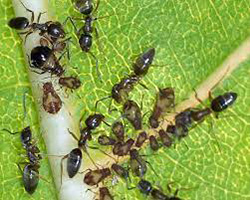 |
American Popular Leaf Aphid | Chaitophorus populicola | Cottonwood, Aspen, and Silver Popular |
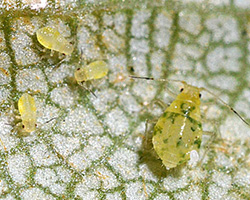 |
Speckled Popular Aphid |
Chaitophorus populifolii |
Cottonwood, Aspen, and Silver Popular |
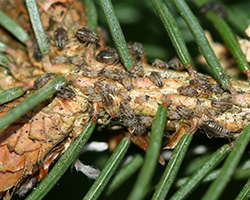 |
Giant Conifer Aphids | Cindara | Pines, Juniper, Spruce |
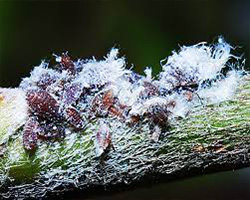 |
Woolly Apple Aphid | Eriosoma lanigerum | Elm, Apple, Crabapple |
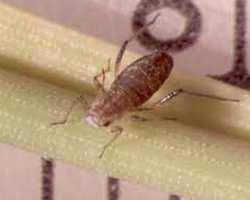 |
Monterey Pine Needle Aphid | Essigella | Pines |
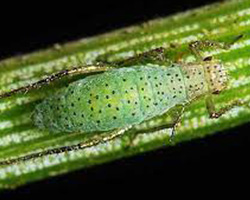 |
Pine Needle Aphid | Eulachnus | Pines |
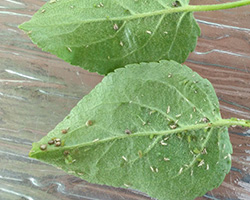 |
Leafcurl Ash Aphid | Meliarhizophagous fraxinifolii | Green Ash |
 |
American Walnut Aphid | Monellia caryae | Walnut |
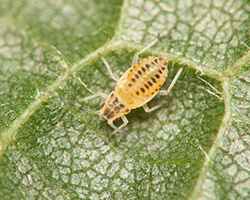 |
Linden Aphid | Myzocallis tiliae | Linden |
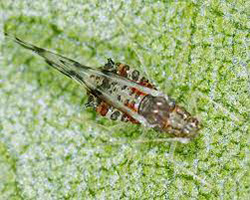 |
Western Dusky-Winged Oak Aphid | Myzocallis alhambra | Bur Oak |
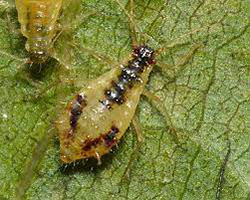 |
Norway Maple Aphid | Periphyllus lyropictus | Norway Maple |
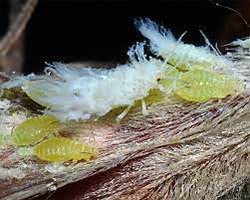 |
Woolly Beech Aphid | Prociphilus fagi | Beech |
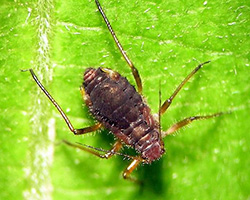 |
Reddish Brown Willow Bark Aphid | Pterocomma bicolor | Willows |
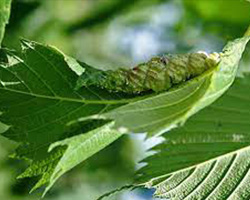 |
Woolly Elm Aphid | Eriosoma amiercanum | Elm, Serviceberry |
Got a tree aphid infestation? Protect your trees by being proactive by calling Ross Tree at 303-871-9121 or filling out this request service form.

